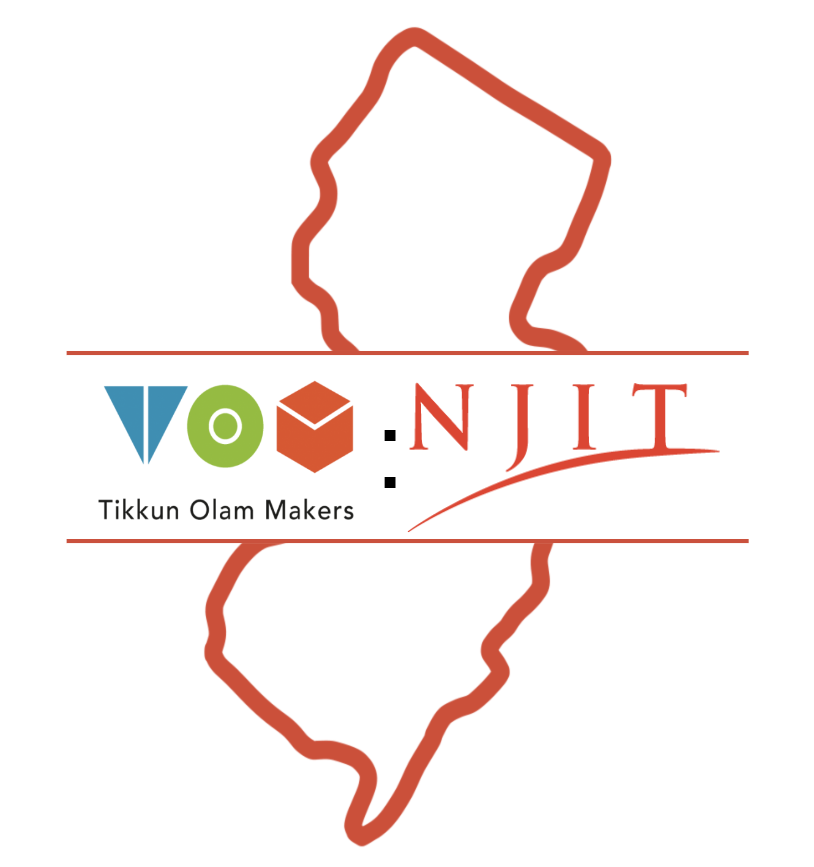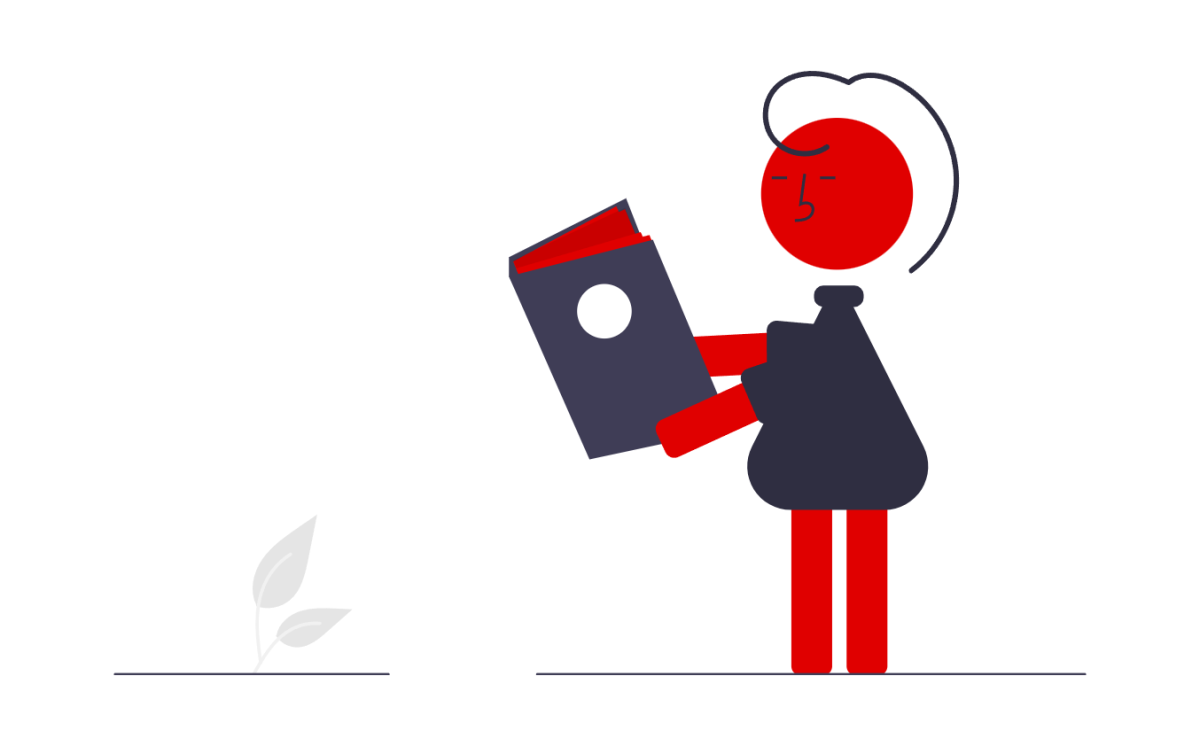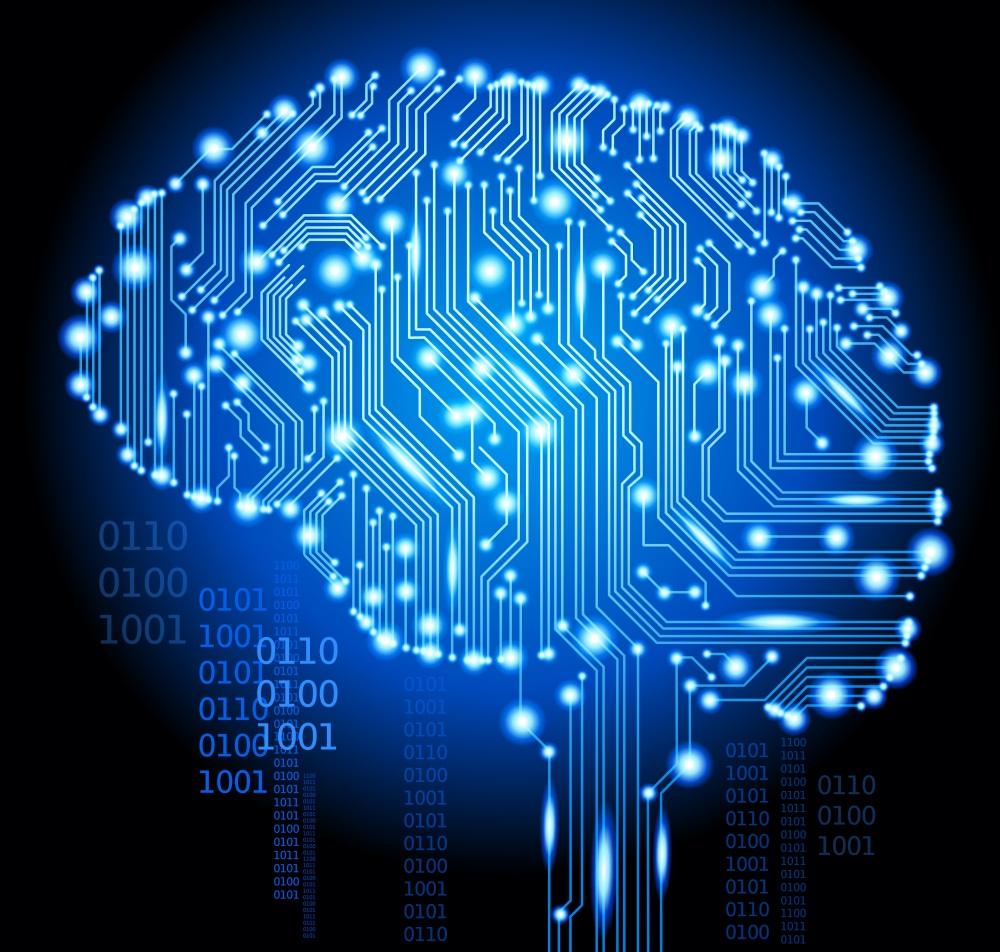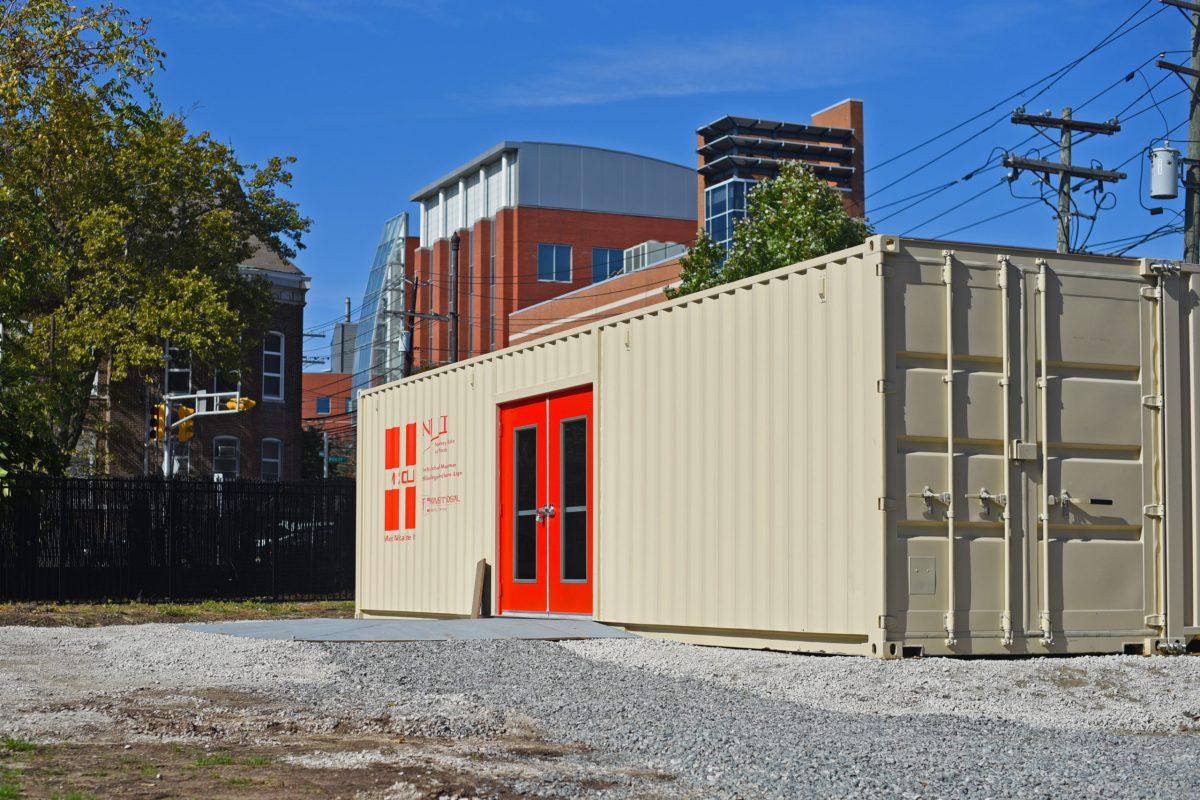The quintessential test for Artificial Intelligence is Alan Turing’s “Turing Test”. If a machine can fool a human into thinking that it is also a human, the machine passes the test. In the past, this was measured with a text conversation at a computer. You would type to the computer and the computer would type back. Computers have passed that test already, so the Turing Test has evolved with them. Today, Turing tests are more advanced. For example, given a textbook on biology, a computer might be expected to pass a high school test on the subject. Microsoft co-founder Paul Allen is investing into a new venture he calls the Allen Institute for Artificial Intelligence, or AI2 for short, which is working on exactly this problem.
The key problem is how to represent the information of the textbook in memory so that the computer can use it. Computers can add and subtract all day, but recognizing human language is an entirely different animal. Human speech is full of contextual or non-contextual ambiguity, implied logic, and other such inconsistencies that make it a nightmare for machine processing. Even other humans can’t understand us sometimes. Programming a computer to understand human speech and context opens a whole new world of possibilities for AI.
While computer programs today can understand some human speech, it is still very limited. Tools such as Siri and WolframAlpha parse queries in a very specific way, so as to feed data into algorithms. For example, you can ask Siri “convert 30 miles to kilometers” and Siri would likely return the correct answer, but if you asked Siri “Can I carry these skis home or should I call a cab?” Siri would not be able to answer. Siri would have to know what type of skis they were, how far your home was, how big the skis were, and if they would fit in the back of the cab. Such processing is beyond AI right now, but if Siri had a database of all the world’s information, Siri would be able to answer such a question. This kind of AI would also allow for search engines like Google to answer any questions you ask instead of returning with links that may or may not contain the answer.
The question is, even with this level of AI, is a machine actually intelligent? It’s hard to say, since intelligence is so loosely defined. Oren Etzioni, a University of Washington professor in charge of leading AI2, made this comparison: “When they were trying to build machines that could fly, some people said, well, we already have things that fly. They’re called birds. Let’s build things that look like birds. And other people like the Wright Brothers said, birds have a very different weight ratio and physics and so on, so we’re going to build a flying machine but on a very different design.” An airplane is a far cry from a bird, but it still gets the job done. Similarly, modern AI won’t look like human intelligence under the hood, but it will still get the same job done. Those are long term goals, however. For now, AI2 is working on passing a high school biology test.
Joe Iacoviello


































